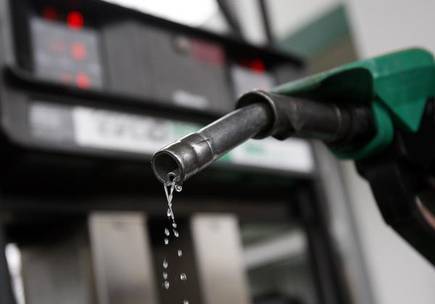The US air strike on Iranian General Qasem Soleimani last Friday has escalated tensions between Washington and Teheran. In retaliation, Iran Wednesday fired over a dozen ballistic missiles at US airbases in Baghdad, making the region super explosive. Immediately after the US killing of Soleimani and the subsequent vow of reprisal by Iranian supreme leader Ayatollah Khamenei, Brent Crude Futures surged over 3 per cent to trade at $68.25 per barrel-mark. The West Texas Intermediate, too, gained 2.71 per cent, while the rupee depreciated to a one-month low of `71.61 against the US dollar. Oil-related stocks, too, declined at the bourses. Oil marketing companies like Indian Oil Corporation (IOCL), Hindustan Petroleum (HPCL) and Bharat petroleum (BPCL) are trading lower. Stock markets remained more or less subdued with investors looking for a safe haven. Gold earlier this week surged to historic high of over `41,000 per ten grams as tensions mounted in Middle East. If the volatile situations persist for a month or so, it will badly hit the Indian economy. The International crude basket may reach $80 dollars per barrel or above. Margins of oil marketing companies will also be adversely affected – a perfect recipe for pushing the inflation.
India imports 80 per cent of its crude oil requirement and, of this, the Middle-East accounts for more than 60 per cent. At present, crude imports from Iran are negligible as India reduced its imports from Iran after the US enforced sanctions on Teheran, forcing countries like India to stop their oil imports from the Shia country. India’s response with regard to the tensions in the Middle-East should be to ensure energy security and protecting the interests of some eight million expatriates in West Asia including more than 2.5 million in Saudi Arabia alone. According to an RBI report released in 2018, United Arab Emirates, Saudi Arabia, Qatar, Kuwait and Oman, all countries in West Asia, had a share of 53.5 per cent in India’s total remittances in 2016-17. This could hit both foreign exchange situation as well as domestic demand of those who depend on such remittances in the country.
Any confrontation between Iran and the US is bound to affect sea routes in the Persian Gulf and hit oil prices and supplies. That India has good relations with both the US and Iran, the flare-up in West Asia has caught New Delhi in a very delicate situation. Every $1/bbl rise in crude prices to lower marketing margins by approximately `0.45/lt (at constant currency). The situation could be a double whammy for the Indian economy as it would impinge on inward remittances and adversely affect trade deficit and inflation due to rise in oil prices. India has enjoyed a relatively benign oil price environment in the last four years. After staying above $100 per barrel from 2011-12 to 2013-14, India’s average crude oil basket price fell to less than $50 per barrel in 2015-16 and 2016-17 and has been $56 per barrel and $70 per barrel in 2017-18 and 2018-19. At a time when headline inflation numbers have been rising due to a spike in food prices, an oil price rally could add to the inflation surge at the present juncture. A higher crude price will lead to a corresponding rise in current account deficit (CAD) as oil import bill will increase significantly. A spike in inflation will foreclose the RBI’s option to cut rates. With the government’s own estimate putting 2020 growth rate at a dismal 5 per cent, an inflationary environment in the country will be a double whammy for the economy.

